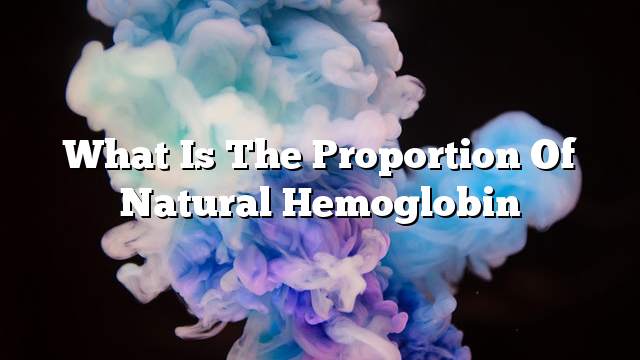The members of our body are many and varied and have a lot of tasks, God has created and created, created each of these members a task and a duty to implement, as if the body is a company composed of members, and this company is going only by these members duties naturally and well, for example our body consists of Many members, including the eye; it is a member that we can not see only him, and if it was not for this member we never see, and this vision we can exercise our duties and our duties in the easiest way.
The brain is a member of all living things. The brain analyzes all the things that are going on around us. It analyzes the images that are captured by the eye. The analysis is about the distance and the movement of these objects around us, but the mind is in turn thinking and actual analysis, that is, it is a reaction to the surrounding events.
If we look at the rest of our bodies, we find that they are closely associated with the brain, through the nervous system, which in turn transfers the body’s pain, weakness and other things from the organ to the brain, so that the brain to solve these problems. The nervous system is a device made up of millions of cells (neurons) that transmit the signal from the organ to the brain.
The heart is also the most important organs of the body; it is the organ responsible for the body’s blood supply, and this blood circulates all regions of the body and cells, to deliver food and salts and others, all of this stems from a small muscle, the heart. Blood is made up of a number of cells, including white and red blood cells, platelets, which transport food and oxygen to cells. It transfers waste from the cells to the kidneys to purify and dispose of them outside the body.
blood components
Blood consists of several components, namely:
- Plasma: A transparent material that tends to yolk, and works to transport food and substances into the body.
- Red blood cells: cells that transport gases, which are concave to increase the area of gas exchange.
- White blood cells are cells that act to protect the body from external objects.
Hemoglobin
Red blood cells consist of a complex protein called hemoglobin. The function of this protein is to transfer and exchange oxygen and gases in the body, but it is found in a certain percentage in the blood, depending on the body type and age as well. Hemoglobin ranges in the blood as follows:
- Men: from 13.5 to 17.5 g / dL.
- Women: from 12.1 to 15.1 g / dL, during pregnancy the ratio is between 11-12.
- Children of 11-16 g / dL.
